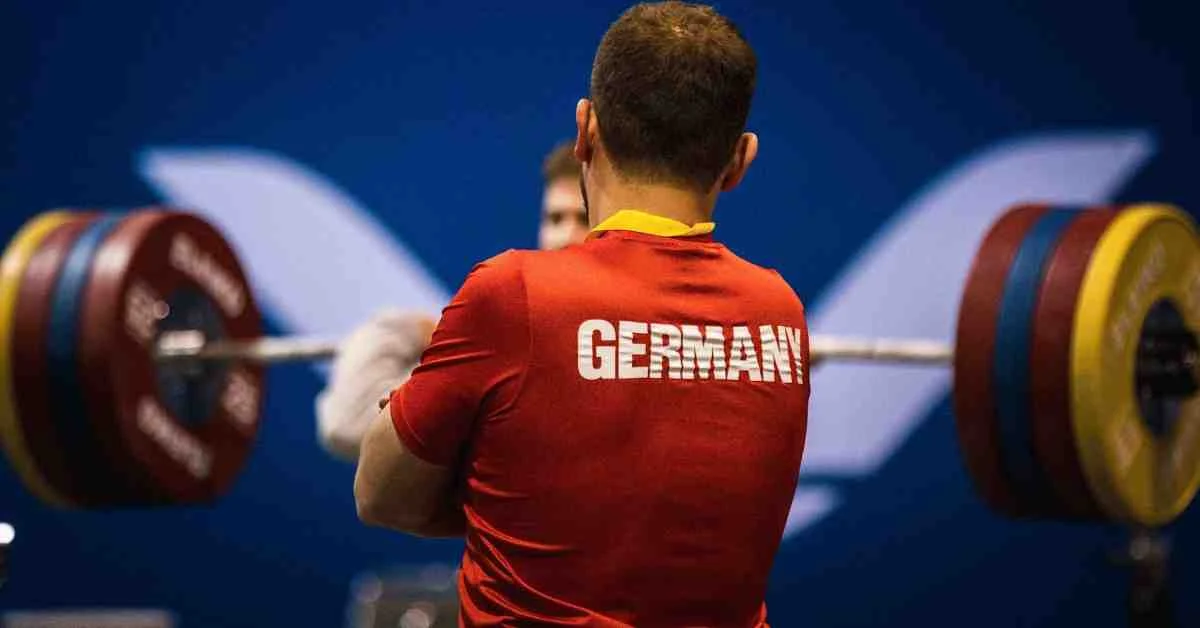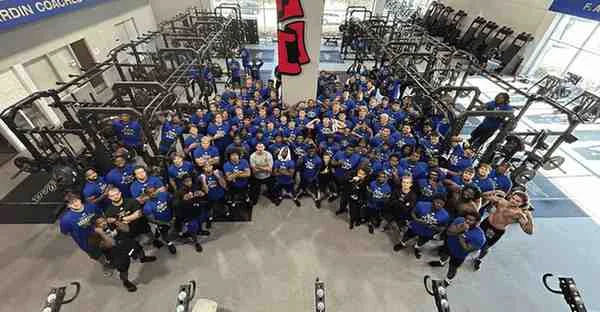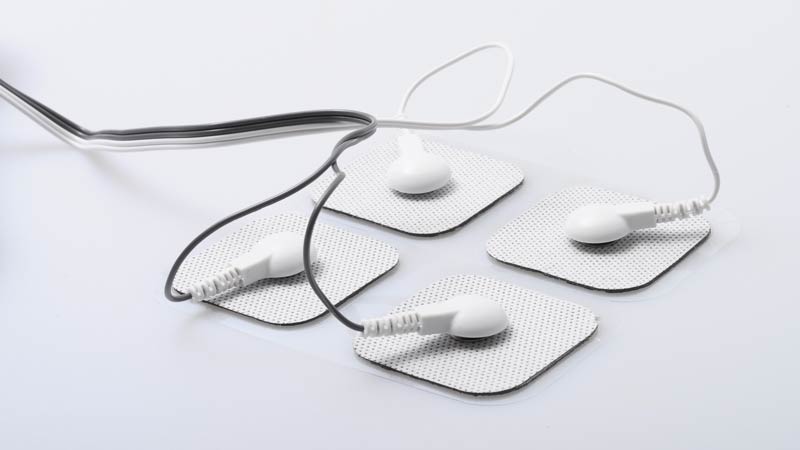
All training programs should integrate Electrical Muscle Stimulation (EMS) to contract muscles forcefully. The best minds in sports performance all agree that EMS is a valuable tool, particularly at the highest levels of performance. However, professionals in all sports—particularly at upper levels—do not fully understand the applications and benefits of EMS technology. Many coaches and trainers have purchased EMS devices but have not yet integrated the technology into their regular day-to-day routine. With just a little knowledge, you can help your athletes make big improvements.
You may face two obstacles to making the best use of EMS for athlete performance and health. First, you cannot learn about EMS without holding a device in your own hands. Like any technology, you must fiddle with it and, through trial and error, find out what works and what doesn’t. With some of the stimulation units, consumers often complain that user manuals do not teach how to best use the technology. Rather than reading a book on how to use barbells, massage tables, or treadmills, your own determined practice can find the best application for any tool in question.
The second obstacle to using EMS regularly to aid athlete development, recovery, and rehabilitation is that many individuals feel that only certified physical therapists can use it. Your initial caution is commendable, but I can see no good reason why only physical therapists are best qualified to use EMS on athletes. EMS contracts muscles forcefully. Isn’t this what training athletes do themselves on a daily basis in the weight room, on the track, and on the field? Coaches and strength professionals understand the principles of progressive loading, recovery, and work-to-rest ratios, and the careful integration of multiple training elements in a complementary fashion.
These are the same principles required to master EMS technology with an athlete. Any coach that is comfortable with implementing effective conventional training programs should have no problem understanding the value and applications of EMS for their athletes. We must not take the attitude that coaches are children, not to be trusted with such sophisticated technology. People are using smartphones on a daily basis with technology that is a thousand times more sophisticated than a simple EMS circuit board.
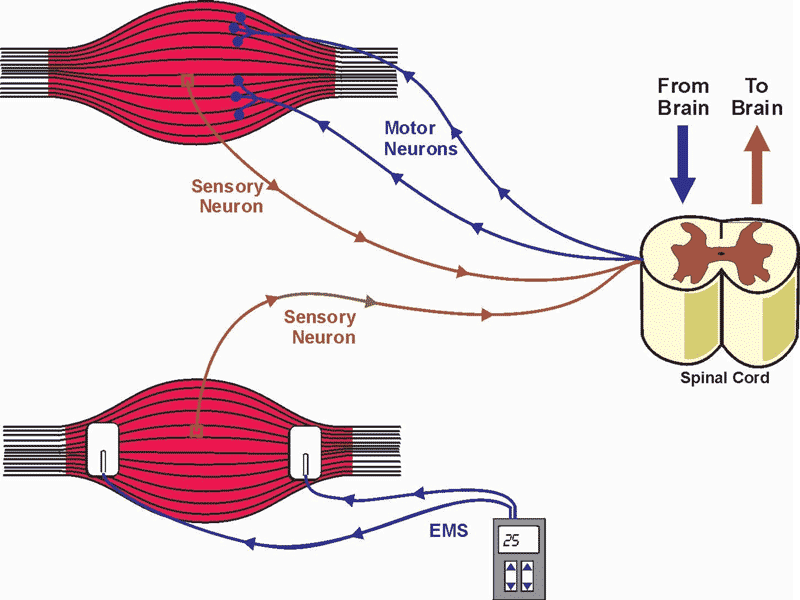
But before everyone rushes out and purchases a new EMS unit, we should talk more about how it can optimize the preparation of your athletes. There are infinite reasons to use the technology on a daily basis, particularly in professional sport, where the schedules are ambitious and the wear-and-tear on athletes is significant. Remember, we are all breathing, walking, and talking because of our brain’s ability to send electrical impulses throughout all areas of our body in an exceptionally coordinated fashion. Without electricity, we would cease to be thriving organisms.
Although electricity can be considered a hazard, in the right amounts and forms, it can be used effectively to further our health and well-being. In some instances, innovative medical researchers, like Dr. Bjorn Nordenstrom, have done truly amazing things. Dr. Nordenstrom successfully used electricity in the treatment of cancerous tumors. While we do not expect all EMS users to solve the world’s health problems, we can expect to find simple and effective ways to improve muscle function with some straightforward guidelines.
Here are six reasons why the sporting community—both competitive and recreational—should embrace EMS technology on a broad scale.

Research has proved that EMS works. Positive results support the use of EMS for strength enhancement and performance gains. Like any training tool, you will achieve optimal results when using the technology appropriately in terms of specific settings, timings, frequency, and overall volume of work. In cases where EMS did not produce performance gains in trained athletes, the researchers did not use the technology appropriately in conjunction with a well-organized training program. This is the key. Simply slapping on the pads and turning up the current is not enough. You must have clear goals and objectives for EMS, as well as a plan for how and when to use the technology.
Coaches maximize EMS benefits when they integrate the units with well-planned conventional training. Many research studies say the use of EMS alone, at best, provides the same benefit as voluntary training; that EMS is no better than regular training methods. Because EMS requires no central nervous system input, it will not fatigue the brain of an already over-taxed athlete. The combination of conventional training and EMS provides a significant advantage over either method alone because the cumulative effect of both methods provides a boosted training scenario with less energy cost to the athlete. This is a win-win proposition, especially if the stresses of life and training over-stimulate an athlete’s nervous system.
To maximize EMS benefits, use EMS in combination with conventional training, not instead of it. Share on X
EMS delivers a clean, complete muscle contraction. Our athletes are over-inundated with excessive “noise,” but not from iPods or fashionable headphones. Accumulated stress—both physical and psychological—can not only create excessive fatigue, but also interfere with athletes’ thought processes and autonomic signals within their brains and bodies. If we rely solely on voluntary strength training to prepare athletes, we are selling them short. Using an EMS, an athlete can contract a muscle group more completely and cleanly than by lifting weights. EMS bypasses the “noise” and works directly on the muscle to get a complete contraction. This is particularly important when targeting fast-twitch muscle fiber, which you can preferentially target with the correct stimulation frequency.
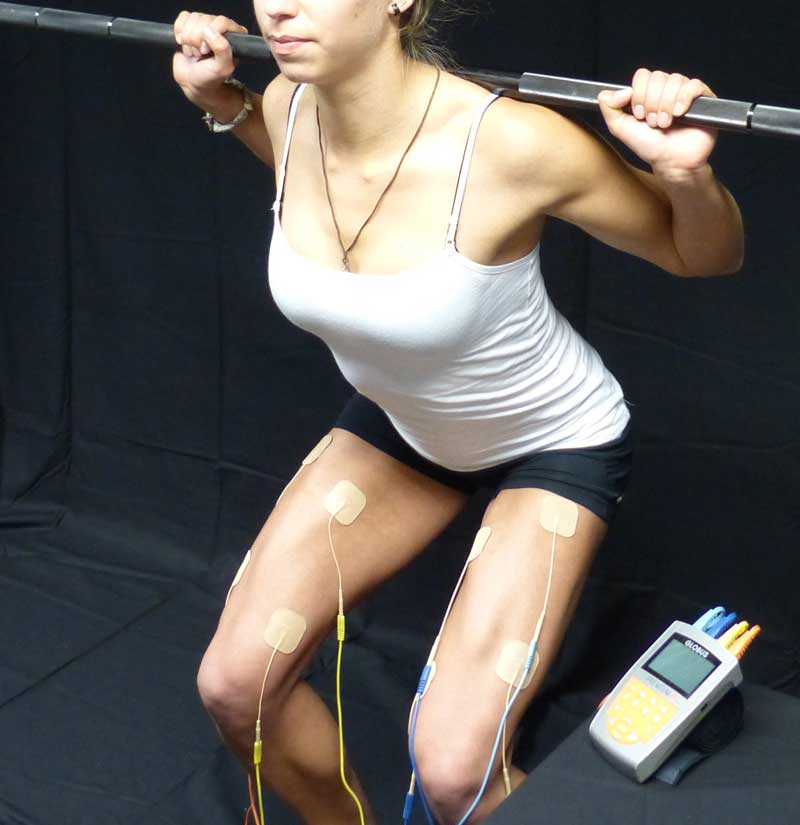
If you plan to use EMS as a sole means of eliciting strength gains in muscle, you can be certain you will get a more effective muscle contraction—albeit using an appropriate amount of current—than when training three times per week. However, I do not recommend that you rely exclusively on EMS for your strength training unless you are using it for rehabilitation purposes, or you are trying to reduce wear-and-tear on a specific joint structure. EMS works best when integrated with a conventional training program that requires a coordination component for more efficient transfer of the training adaptation. You will achieve the best results by supplementing conventional voluntary training with EMS sessions in proper proportions, supported by general conditioning and recovery.

Using EMS makes us more intelligent coaches and rehabilitation professionals. Not only does the use of EMS make us think more about the recruitment characteristics of skeletal muscle, but it also helps us to diagnose problems related to fatigue and injury in both the peripheral and central nervous systems. When an Olympic weightlifter suffered a significant knee injury, voluntary strength training was not restoring the atrophied quadriceps muscle. In essence, the lifter’s brain was not allowing the muscles to contribute fully to the movement of the knee joint in basic squatting and pulling motions. Because the message from brain to muscle was not getting through, inhibition was dominating the program. Even when my team started using EMS, the amount of current required to contract the quadriceps muscles on the injured leg was two to three times that of the healthy leg. As a diagnostic tool, the EMS unit also indicated when the inhibitory response was dissipating, and larger volumes of conventional exercise could be successfully reintegrated into the athlete’s training program without re-injuring the knee.
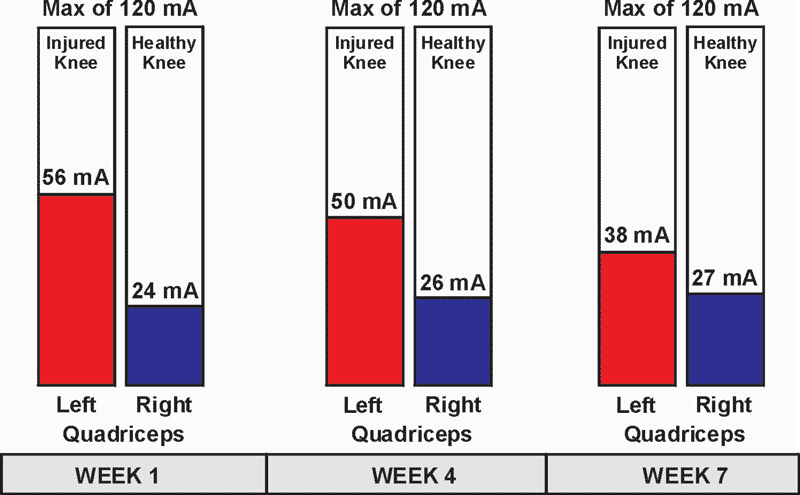
The reconditioning specialist, Bill Knowles, brought up a good point that all peripheral injuries are also “brain” injuries. A muscle injury damages the connections between mind and body and thus disrupts the brain. EMS helps to repair those connections and work through the inhibitions created by the brain’s self-imposed protective mechanisms. In the case of the Olympic weightlifter, the use of EMS was essential in moving past the obstacles and inhibitions to provide maximal recruitment of that muscle group on the injured leg, particularly since we could strengthen the quads without stressing the knee joint. Once recruitment patterns were re-established and, the quadriceps muscle was fully restored through both isolated EMS use and superimposed EMS training, the knee did not present any further problems for the athlete.
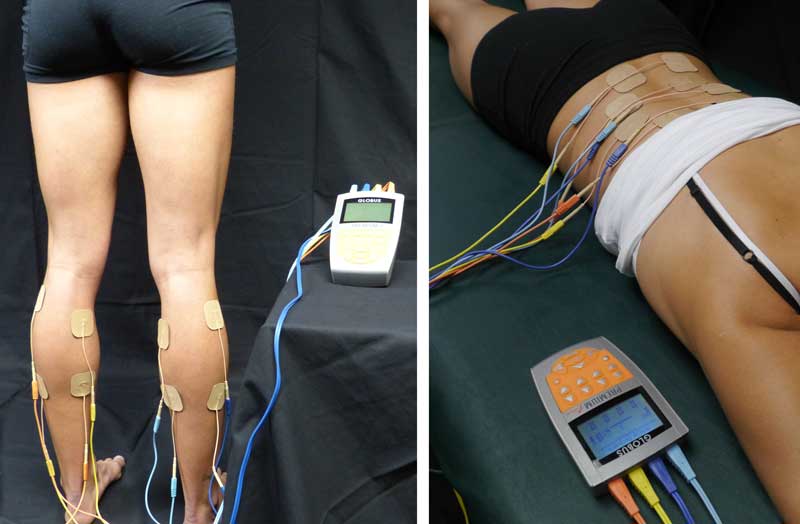
In cases of both fatigue and injury, the signals between the brain and the body are easily disrupted. EMS can not only restore, but also enhance those connections. Additionally, EMS can help assess the neuromuscular system by monitoring the amount of current required to contract the muscles in question. As the neuromuscular system improved through the rehabilitation process, less and less current was required to attain a full contraction. Monitoring the levels of intensity on the EMS unit can show the progress of muscle rehab (and the central nervous system) in injured states.

EMS facilitates recovery. In tight schedules, when athletes might not have the time or energy to implement recovery and regeneration protocols, EMS is an extremely useful tool. Active recovery protocols that encourage circulatory mechanisms within the body help facilitate a more complete and expedient recovery. Optimally, athletes can implement tempo running, but sometimes stationary bike intervals or swimming-pool exercises can hasten recovery. Because not all situations are optimal, other tools can aid recovery. Athletes can take the EMS units home after training and apply them while riding home (not while they are the driver, of course), or when sitting down and reading or surfing the web. Typically, an athlete places the EMS pads on larger muscle groups and employs a pulsing program not only to promote circulation, but also to loosen muscle and reset tone.
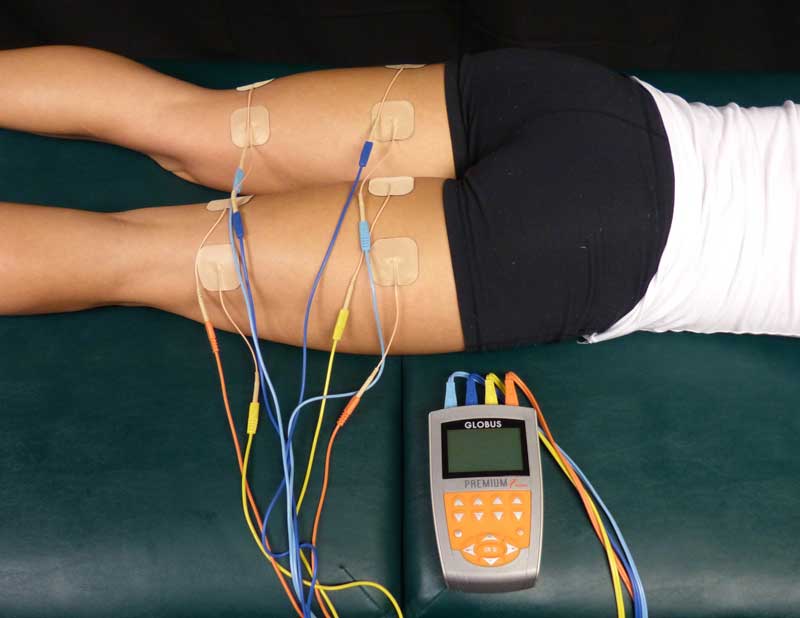
EMS is effective in situations where athletes must travel. Long trips and waits in airports can be not only exhausting, but can also lead to the stiffening of muscles and joints. If athletes perform periodic recovery protocols with an EMS unit, they can keep their bodies supple and well-maintained, in terms of oxygen circulation and the removal of waste products. Athletes report feeling significantly better after using the EMS unit on their trip, and some sleep better when they arrive at their destination.
It is also important to note that athletes using maximal strength, power, and speed protocols with EMS have reported feeling more recovered the next day in terms of muscle looseness and joint mobility. EMS has the ability to essentially reset muscle tone and provide athletes with not only the means to contract muscle more efficiently, but also to relax and de-contract muscle more effectively. This benefit is critical in explosive cyclical movements, such as sprinting, where the nervous system is required to contract and de-contract muscle in a very short amount of time, at very high speeds. EMS can help these athletes minimize muscle stiffness, cramping, and general peripheral fatigue.

Current portable EMS devices are exceptionally convenient. My first EMS was a large device that fit in a medium-sized suitcase. EMS devices now are slightly bigger than a smartphone and can pack a pretty good punch. The portability of the devices, combined with easy-to-use adhesive electrodes, make them a strength training and recovery tool that you can carry in your pocket. As mentioned previously, the travel benefits of EMS are obvious. Having one in every athlete’s gym bag is an obvious solution for getting that extra edge, particularly if you don’t have an entourage of support staff to help you with recovery and massage. If Bill Gates wanted a personal computer on every person’s desk, why can’t every athlete have a personal EMS unit in their equipment bag? The portability, power, and efficacy of these devices are indisputable.
Its size and benefits make an EMS device a virtual necessity for traveling athletes. Share on XMy recent conversations with a number of professional sports teams (NFL, NBA, and NHL) confirm that athletes who rely on their bodies for their income realize the benefits of EMS. The schedules and demands of the regular season are so stressful that every athlete needs help with their recovery and the maintenance of strength. EMS provides a simple, convenient solution to this problem.
It is important to note that not all EMS devices are created equal. Less-expensive EMS devices are available online in the $100-$300 range. While it may seem that this is a cheap way to get into the market and still get the benefits of electrical stimulation, there are some significant shortcomings with the cheaper units in terms of power, flexibility, and build quality.
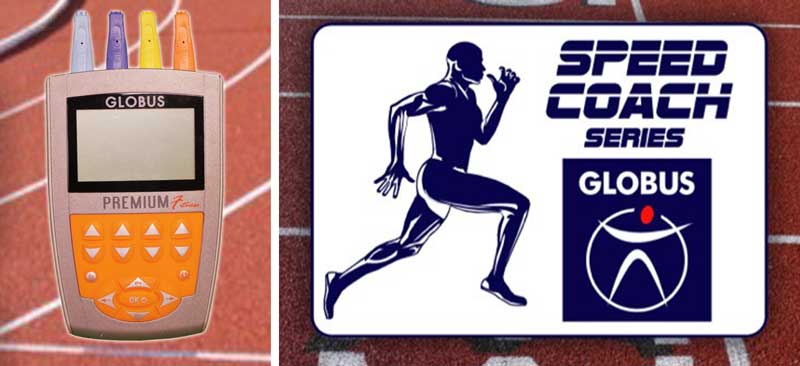
I chose to work with Globus Sport and Health technologies on their SpeedCoach series of muscle stimulators because they have very robust and powerful units. Their lead sport technology engineer, Giovanni Ciriani, created programs and protocols that work with athletes. We work iteratively to determine which programs yield the best results with athletes in different sports, and we make changes to accommodate their needs. In the last few years, we have developed programs and protocols that no other company has in their units. Because we work with athletes on a daily basis, we have the ability to monitor progress and make changes where necessary. This information is funneled back to Giovanni at Globus, and he makes the necessary adjustments to waveforms, frequencies, pulse widths, and timings.
My hope is that more and more coaches and athletes recognize the benefit of EMS technology in the next few years. The technology has not changed much since the 1970s, but we have made great inroads into the development of the protocols surrounding the technology. This is where the big advances will be made: The optimization of protocols and the most efficient integration with conventional methods. Such advances can only be accomplished by working with EMS and athletes on a daily basis. So don’t wait any longer—get yourself a high-quality EMS unit to advance your knowledge and improve the development of your athletes.

